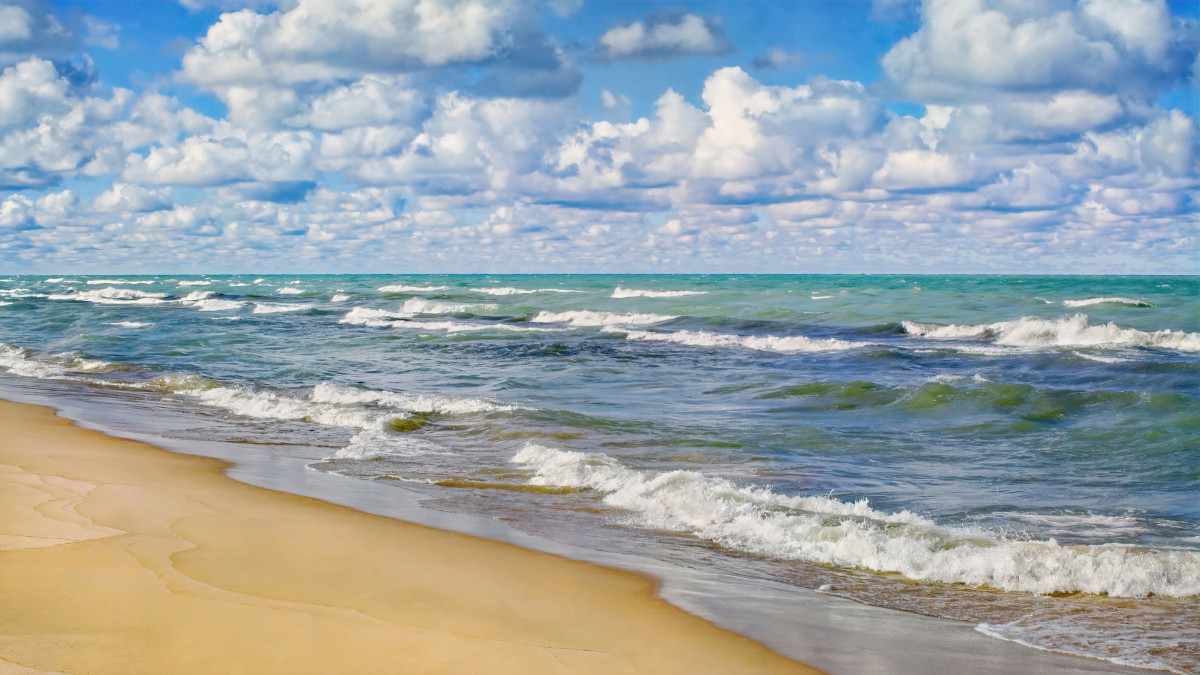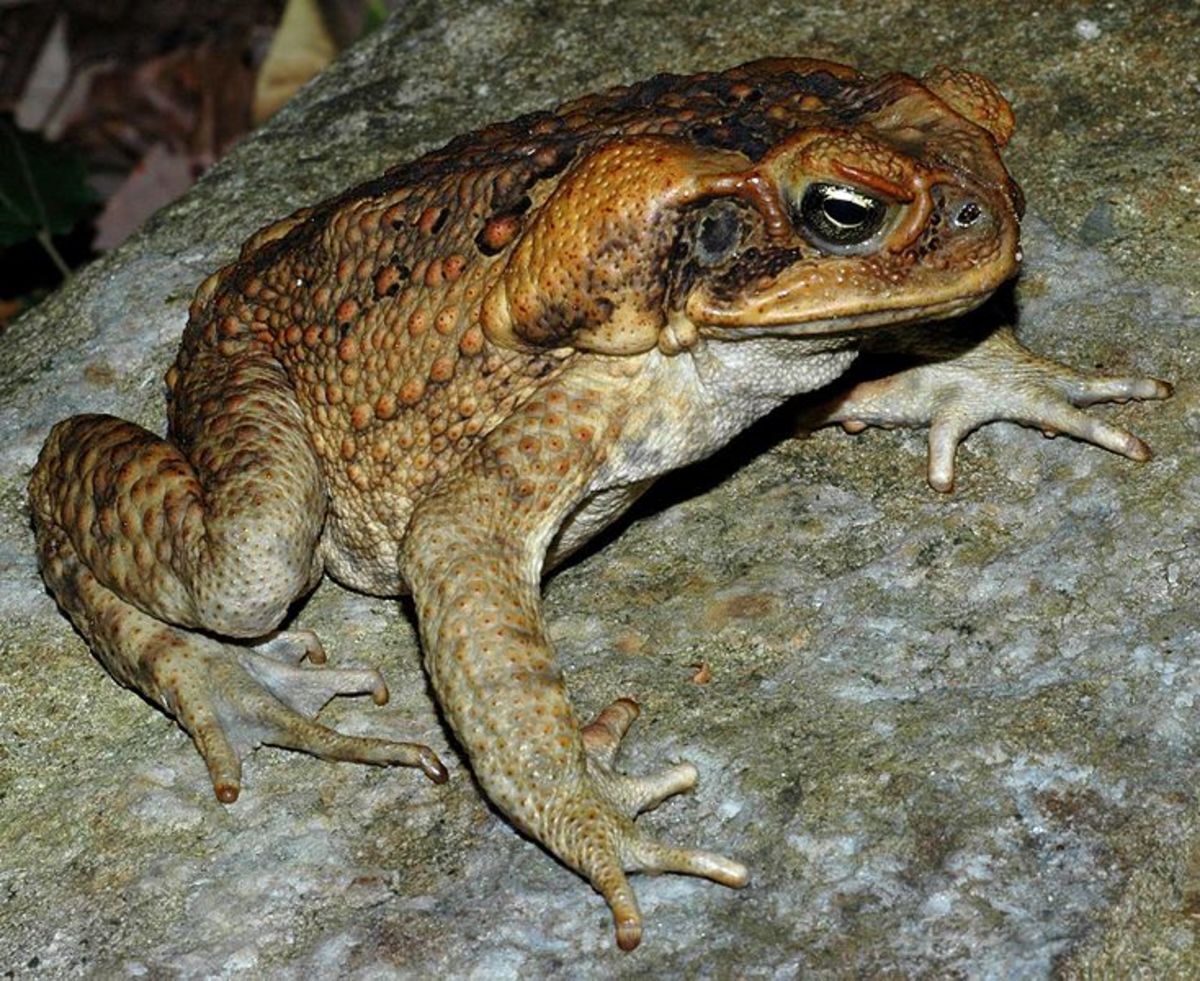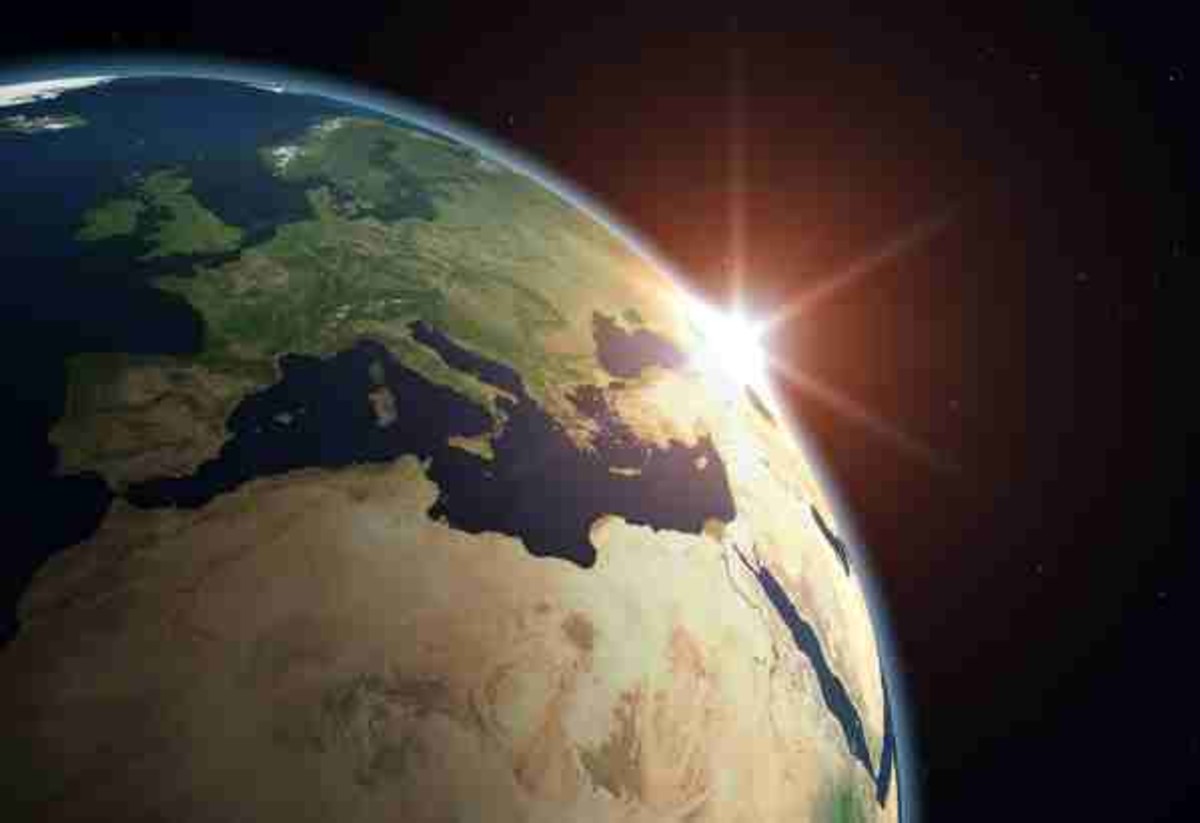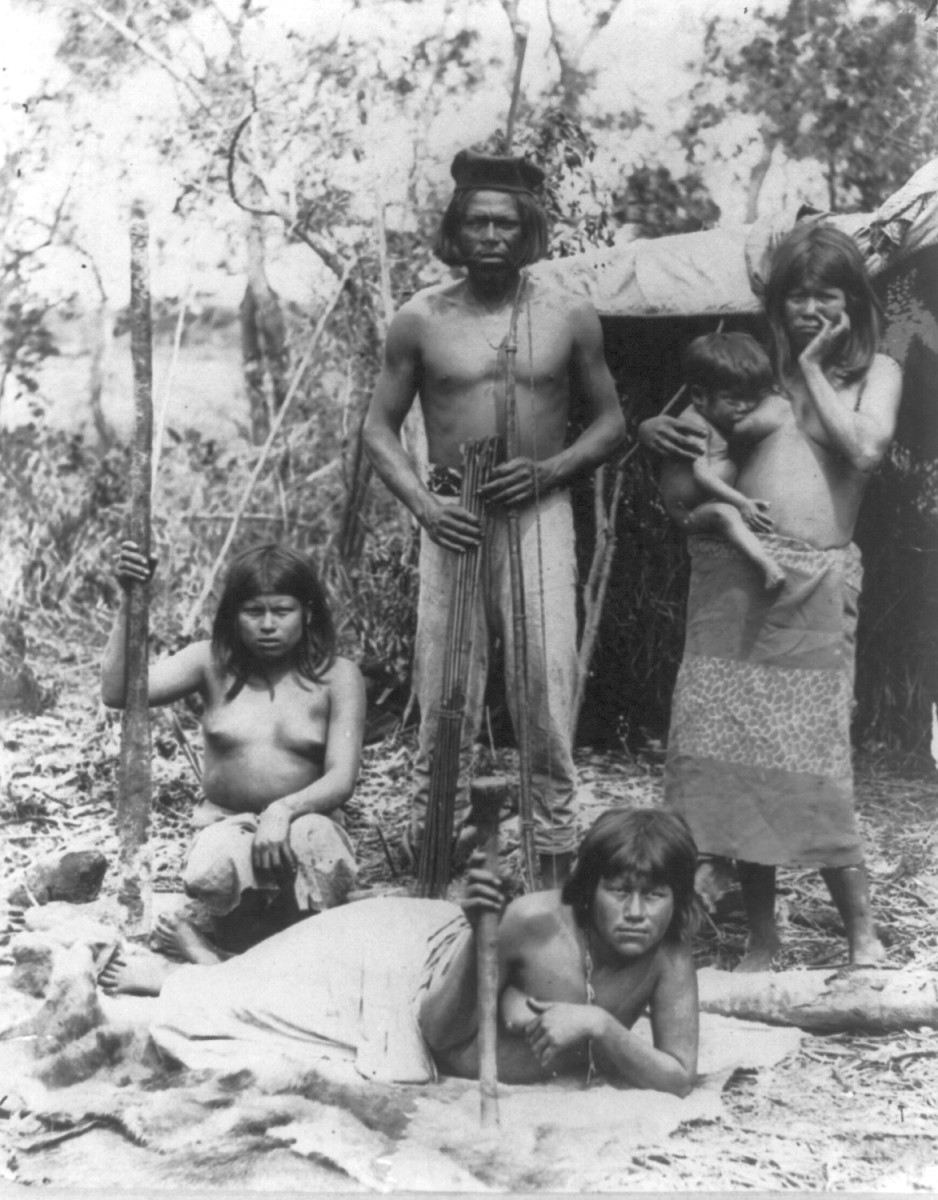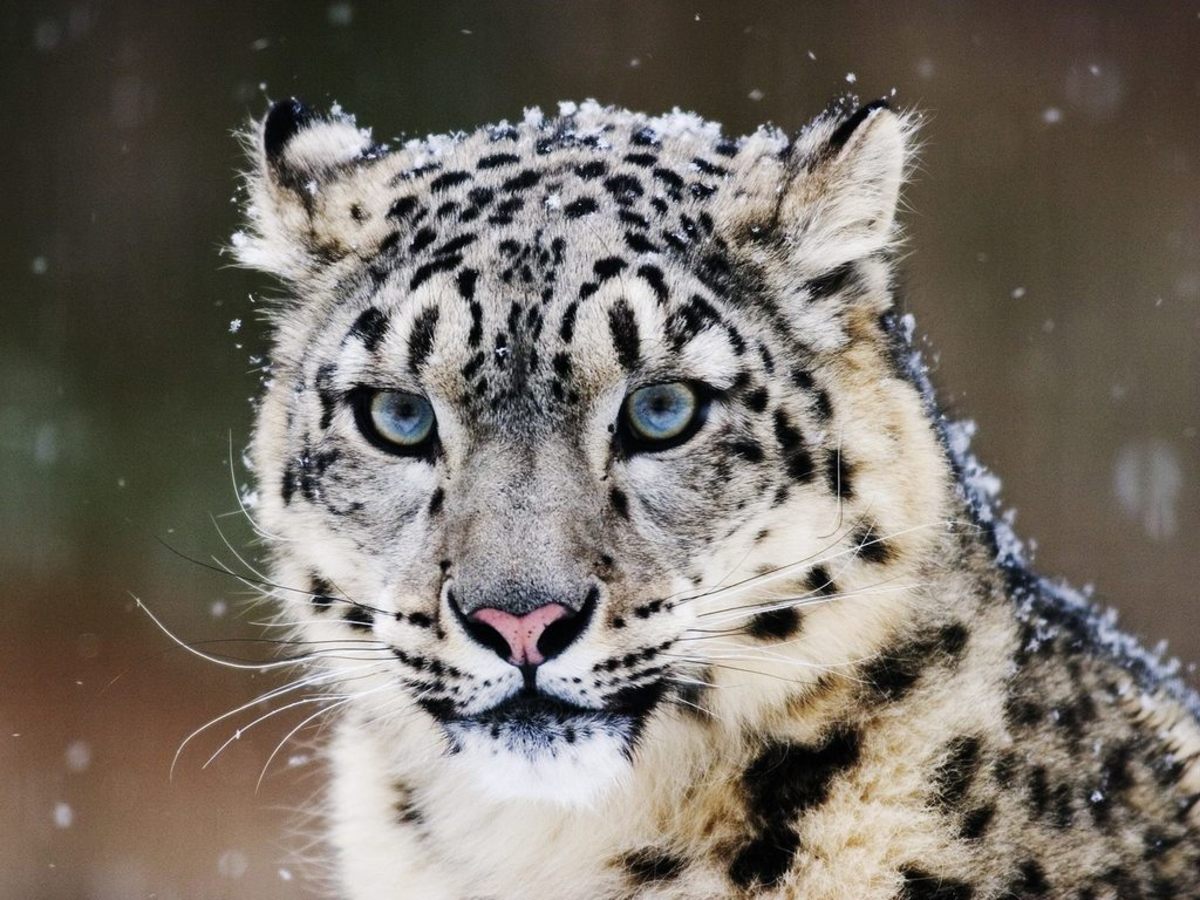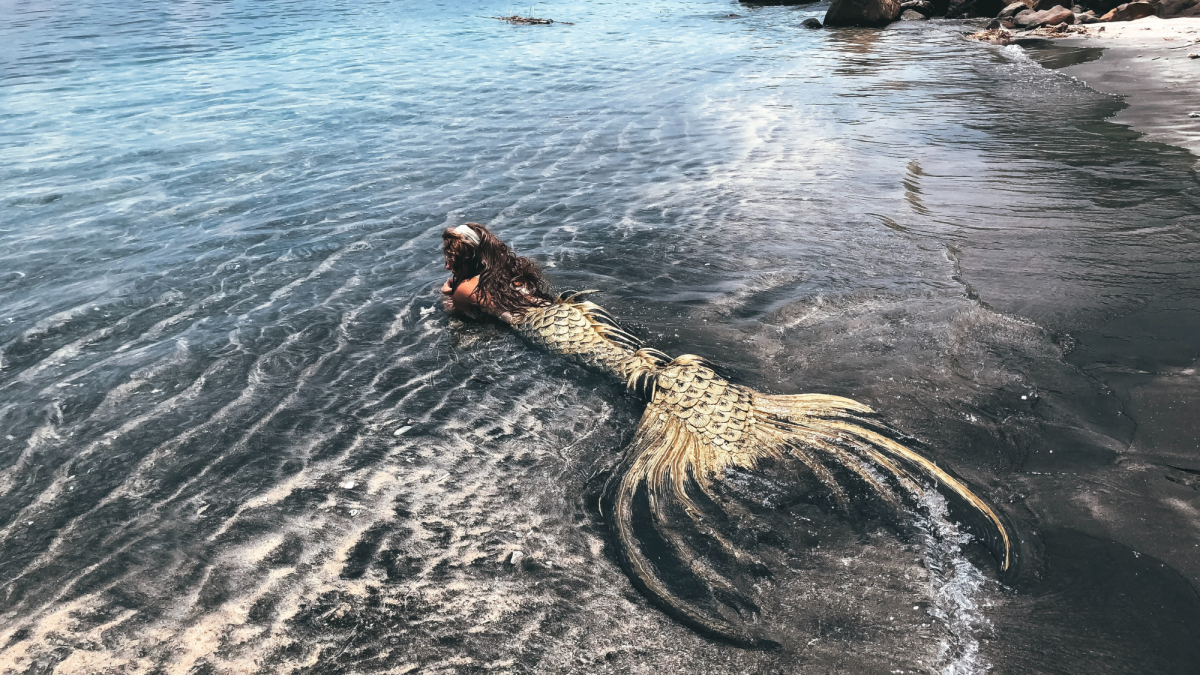Ecology, Global Changes, and Environmental Issues
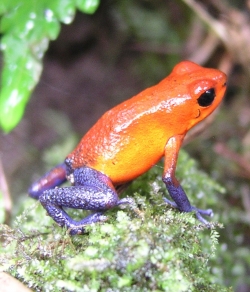
The Environment - Global Changes And Their Effects On Earth's Ecosystems
Ecology is the study of the relationships between living organisms and their natural environment, as well as between groups of living organisms.
Global Changes are world-wide changes involving such things as climate, the carbon cycle, the water cycle, the level of the sea, food webs, the loss of sea ice, biological diversity, and more. Although global changes used to be mostly a result of plate tectonics, volcanic action, meteorites, changes in the earth's orbit or in its tilt, etc, global changes today are primarily related to the actions of humans. As the population of humans has grown, the stress we place on our earth increases.
In this article, we'll be talking about some of the changes to the environment that are directly related to humans and their actions.
These global changes include things such as:
acid rain,
the ozone layer,
chlorofluorocarbons,
the destruction of the rainforests,
global warming and the greenhouse effect,
pollution,
the loss of topsoil,
ground water depletion,
and the human population explosion.
Go Green Ideas: Help Save The Earth!
In addition to discussing these environment concerns, we'll also consider what can be done to help save our environment! Several green ideas that would make good projects for students are mentioned. If you have a great Go Green! idea that's not listed here, please use the guestbook near the bottom of the page to suggest it!
The Rainforest frog you see at the top of this page is called a Blue-jean Frog, or a Strawberry Poison Dart Frog. He lives in Costa Rica. His bright colors serve as protection, indicating that he's poisonous and warning predators not to eat him. His diet is mostly made up of ants and mites. The alkaloids in the ants he eats does contribute to his toxicity.
.
Global Changes And The Environment
The students in our homeschool co-op are studying biology this year.
For our biology unit on global changes and the environment, in addition to the resources and information on this page, we'll be using Holt Biology, and engaging in a variety of labs and hands-on activities to learn more about the world around us.
We welcome all of you to join us as we explore these important issues pertaining to the environment.
Holt Biology - This is the biology text our homeschool co-op is using this year.
Global Change
Global Change - Acid Rain, Ozone Layer, Global Warming and the Greenhouse Effect
Global Change
Humans play an important role in our environment. What we do influences ecosystems all over the world.
- Acid Rain - Acid rain is caused by the release of sulfur into the environment by coal burning power plants. The sulfur mixes with water vaop and creates sulfuric acid. When this sulfuric acid comes down as rain (or other forms of precipitation), it's called acid rain. Many living organisms are being hurt by this acid rain.
- The Ozone Hole - The Ozone Layer is the protective ozone that exists in the atmosphere surrounding the earth and allows life to exist on earth. Scientists have discovered that a hole is growing in our ozone layer. This hole, called the Ozone Hole, allows more ultraviolet radiation to reach earth. This ultraviolet radiation may lead to more cases of cataracts and cancer, especially skin cancer and eye cancer. CFCs (described in the next section) are the primary cause of this hole in our ozone layer.
- Chlorofluorocarbons - Chlorofluorocarbons (CFCs) are believed to be the primary cause of the ozone hole. They were invented in the 1920s and are used in aerosol spray cans, refrigerator and air conditioning coolants, and the making of stryofoam cups and containers (like what you may bring food home from a restaurant in!). The United States have now banned CFC's from being used in aerosol cans for this reason.
- Global Warming - Global Warming is an increase in the average temperatures on earth. It has been noted that as carbon dioxide in our atmosphere has increased, so have the temperatures on earth. Part of this increase in carbon dioxide comes from the burning of fossil fuels.
- Greenhouse Effect - Greenhouse gases (water vapor, CO2, methane, and nitrous oxide) trap heat within earth's atmosphere much like a greenhouse for plants traps heat inside it. We want heat on earth - we couldn't live without it - but we don't want TOO much! The increase in carbon dioxide in our atmosphere may be increasing the greenhouse effect thus leading to global warming.
The Effects of the Behavior of Humans On Earth's Ecosystems
Save The Rainforest
The Effects of the Behavior of Humans On Earth's Ecosystems - Chemical Pollution, Loss of Resources, and Human Population Increase
Chemical pollution of our environment is a serious matter. Spills from oil tankers injury and kill thousands of animals. Some factories create dangerous chemicals that can get into our environment. Pesticides, herbicides, and fertilizers are also toxic to our environment. And once these dangerous chemicals are in our environment, it's hard to get rid of them!
- Biological Magnification. Pesticides and other toxic chemicals can accumulate in the fatty tissues of animals. As these toxic chemicals move up the food chain, from one organism eating another, these chemicals become even more concentrated. This is what is meant by biological magnification.
- DDT - DDT is a pesticide that use to be widely used for the purpose of killing insects that may damage crops. It's use has now been restricted in the US. Why? Because it was harming our environment. DDT causes bird eggs to be very fragile and break easily. Because of DDT, many species of birds were declining in numbers, due to their problems with their eggshells.
- Extinction of Species In The Rain Forest - Did you know that we've already lost about half of our tropical rain forests? And more of rainforest are being destroyed every day. Rainforest land is being burned to create farmland or pastures for farm animals. In the process, many species of plants and animals are becoming extinct. It has been predicted that we may lose up to 1/5 of the species of plants and animals on earth. As you read this, keep in mind that everything on earth is connected. When even one species becomes extinct, the results can be far reaching, affecting so many other species as well. What if one or more of the species that are dying off hold the key for preventing or curing cancer?
- The Loss of Valuable Topsoil - Topsoil is the very rich, fertile layer of soil on the top of the ground. The world has lost about a third of it's topsoil since 1950 and is continuing to lose several centimeters of topsoil per decade. Certain agricultural practices allow rain and wind to wash the topsoil away.
- The Depletion and Pollution of Ground Water - Ground water is the the water that collects below the earth's surfaces, in the soil, rocks, and sediment. Ground water is the source of water in aquifers (porous rock reservoirs), springs, and wells. We are using water at a faster rate than it can seep into the aquifers. Also, ground water is being polluted by toxic chemicals and the disposal of chemical wastes.
- Increase in The Human Population- More people are being born than are dying each year. If we continue to increase in numbers at the rate we are currently doing, the population of humans on earth will have doubled from what it is now in just over 60 years. The human population is increasing the fastest in Asia, African, and Latin America. Yet, it's not expected that humans will continue multiplying at this rate. In fact, the rate has already begun declining.
So what's the problem with having so many people on Earth? The more people on earth, the more resources we use, and the faster our resources get depleted. For how long can the earth support 6 billion people?
What Can We Do To Help The Environment?
Solving Environmental Problems
Some things are already being done to reduce air and water pollution.
- Some sewage treatment facilities now remove chemicals in addition to bacteria.
- "Scrubbers" are devices which reduce the sulfur emission pollutants from factory smokestacks. The "Clean Air Act of 1990" requires that these scrubbers be placed on power plant smokestacks.
- In some cities, "carpool lanes" have been set aside for cars driving with more than one occupant in order to encourage people to ride together.
- By law, cars must have catalytic converters in order to reduce the emissions they give off.
- Reducing pollution costs money. (Paying for a scrubber on a smokestack costs more money than paying for a smokestack alone. Likewise, paying for a catalytic converter on a car costs more money than buying a car without one.) In order to help offset the increased expenses of reducing pollution, sometimes things which pollute the environment are taxed. An example is the gasoline tax.
5 Steps to Solving Environmental Problems Successfully
- Assessment - The first step to solving environmental problems is assessment. Assessment includes collecting data and making a model.
- Risk Analysis - During the second step to solving environmental problems, scientists predict what will happen (both positive and negative effects) if they implement various types of environmental interventions.
- Public education - The third step is to inform the public about the various alternatives and their predicted results and costs.
- Political Action - In the fourth step, the public votes (or may have their elected officials vote instead) on a plan.
- Follow-through - The fifth step consists of monitoring the results over time. Has the plan been successful in helping the environment? Has it solved the environmental problem?
Youth making changes in the world.
When many people make even a small change in their habits, the earth benefits immensely. It all adds up!
The youth in our homeschool co-op have all pledged to do something to help the environment this year, in addition to the things they and their family were already doing. They have selected projects such as sewing and using reusable shopping bags, eating less fast food, setting up a solar panel, and many others!
What can you do to make a difference in our world?
Things YOU Can Do To Help The Earth
How do you help save our environment?
What are you already doing to help Planet Earth?
*** About Fluorescent Light Bulbs!***
If you or your family use fluorescent light bulbs, please, please be aware that these must be disposed of properly. If you simply throw them into the trash, you're releasing highly toxic mercury into our environment! In some locations, these light bulbs can be returned to the store where you purchased them. For more information, please visit: Recycling and Disposal After a CFL Burns Out.
Where can you return used fluorescent bulbs? - Where can you recycle other items as well?
For an environmental project, why not collect used fluorescent bulbs and/or batteries from others in your neighborhood and take them to the appropriate location for recycling or safe disposal? You'll not only be cleaning up your neighborhood this time, you'll also be indirectly bringing attention to your neighbors that it release mercury into the environment when people throw their fluorescent bulbs away.
- Earth 911
To find a location near you that will accept your used fluorescent bulbs or items to be recycled, visit Earth 911.com and enter your city and state, and "CFLs" (or whatever type of item you'd like to recycle) in the "Find a recycling center".
Do you use reusable shopping bags? - That's something easy everyone can do to help the earth.

Sew Your Own Grocery Tote Bags! - This is even better than buying new bags! Make your own out of materials you already have on hand!
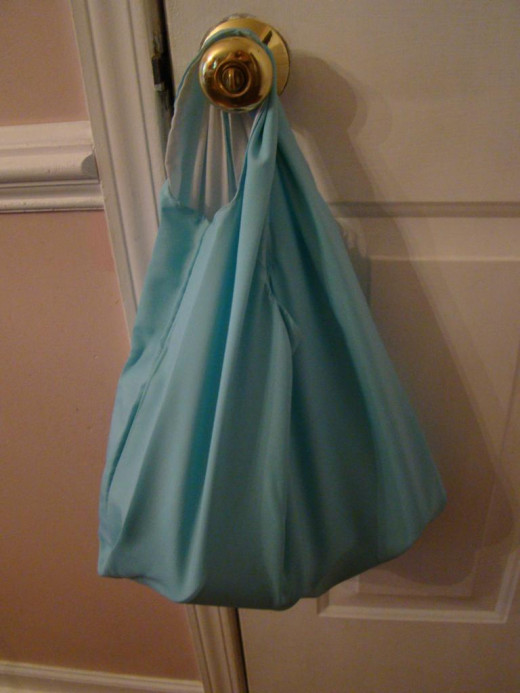
We've made several reusable shopping bags out of material we had on hand. You can see a photo of one of them above. By the way, old knit or flannel shirts work great too for making shopping bags, especially shirts kids have outgrown!
Follow the links below to find the directions for making your own reusable cloth shopping bags!
- 50+ Reusable Grocery Bags You Can Make: Free Patterns
Here is a list of reusable cloth bags you can sew out of old shirts, pillowcases, birdseed bags, canvas, etc. Some styles of bags even fold up tiny to store in your purse or wallet when not in use! - How to Sew a Fabric Shopping Bag
This fabric shopping bag has less steps.
Are you composting your food scraps, cereal boxes, paper, tea bags, lawn clippings, etc? - Composting is an easy step for most people. It really takes very litt
Composting reduces the amount of stuff you throw away, and gives you nice rich dirt for your garden!
You don't have to have a fancy compost bin in order to compost. You can keep your empty (flattened) cereal boxes, paper products, and food scraps in a plastic bag in your house until you're ready to take them out to the compost pile outside.
Outside, you can use an empty rolling trash barrel with holes drilled in it to put your food scrapes, leaves, and other items. Or section off a small part of the yard for your compost. Watch the youtube below for ideas on creating compost bins.
Over 20 years ago, I saw a show on TV that demonstrated how to make a compost bin out of an old plastic garbage can. We made one and are still using it today! It works well!
All my family does, by the way, is throw the items to be composted into the bin. We never bother to turn the items over or add special composting chemicals. We just throw the items in the bin, close the lid, and forget about it. We get really rich soil as a result, and it doesn't take years to get it either!
We were given another composting bin by a relative, so now we add to one for a few months and leave the other one alone to compost. After we remove the compost we begin using it as our bin to add items too and leave the other bin alone to do it's job.
- Turn a Garbage Can Into a Homemade Compost Bin
Instructions for making a compost bin out of an old garbage can. A video is included.
More Ideas For Things YOU Can Do To Help Protect Our Beautiful Planet
How about taking a couple of friends and some trash bags, and cleaning up a nearby park or other area? (Remember to use gloves and be careful as to what you pick up.)
- 18 Earth-friendly things kids can do to celebrate Earth Day every day
Here's a list of 18 things kids can do to help project the earth. - Twelve Really Important Things you can do to help stop global warming
Twelve important things kids can do to help stop global warming. This page includes a link to find out your own "carbon footprint." - 101 Ways To Heal The Earth
Here's a list of 101 things people can do to help the earth!
Biology
A list of pages in this biology series
Homepage: Biology: Information, Videos, and Labs
Unit 1 on Cell Biology
Unit 2 on Genetics
Labs, Information, And Videos For High School Students Studying Genetics.
Unit 3 on The History of Life on Earth
Unit 4 on Ecology
Ecological Principles / Populations
Biological Communities - Symbiosis, Niches, and Biomes
Global Changes And The Environment
Unit 5 on Diversity
An Introduction to Taxonomy - The Kingdoms and Domains Of Life
Learning About Viruses And Bacteria
Protists: Paramecium, Amoebas, Algae, Diatoms, Euglena, and Others
Unit 6 on All About Plants
Unit 7 on The Animal Kingdom: Invertebrates
The Animal Kingdom - An Introduction
The Cnidarians: Jellyfish, Sea Anemones, Hydrozoans, and Corals
Earthworms, Christmas Tree Worms, Leeches, and Other Annelids
Check back later for additional biology units!
Ecology, Global Changes, Environmental Issues, &
Go Green Ideas: Help Save The Earth!
© 2011 - 2014 Janiece Tobey. All rights reserved.
Webpage created on 12/13/11.
Page last updated 8/22/14.
What are you doing to help save our earth? Are you taking steps to protect our environment?







